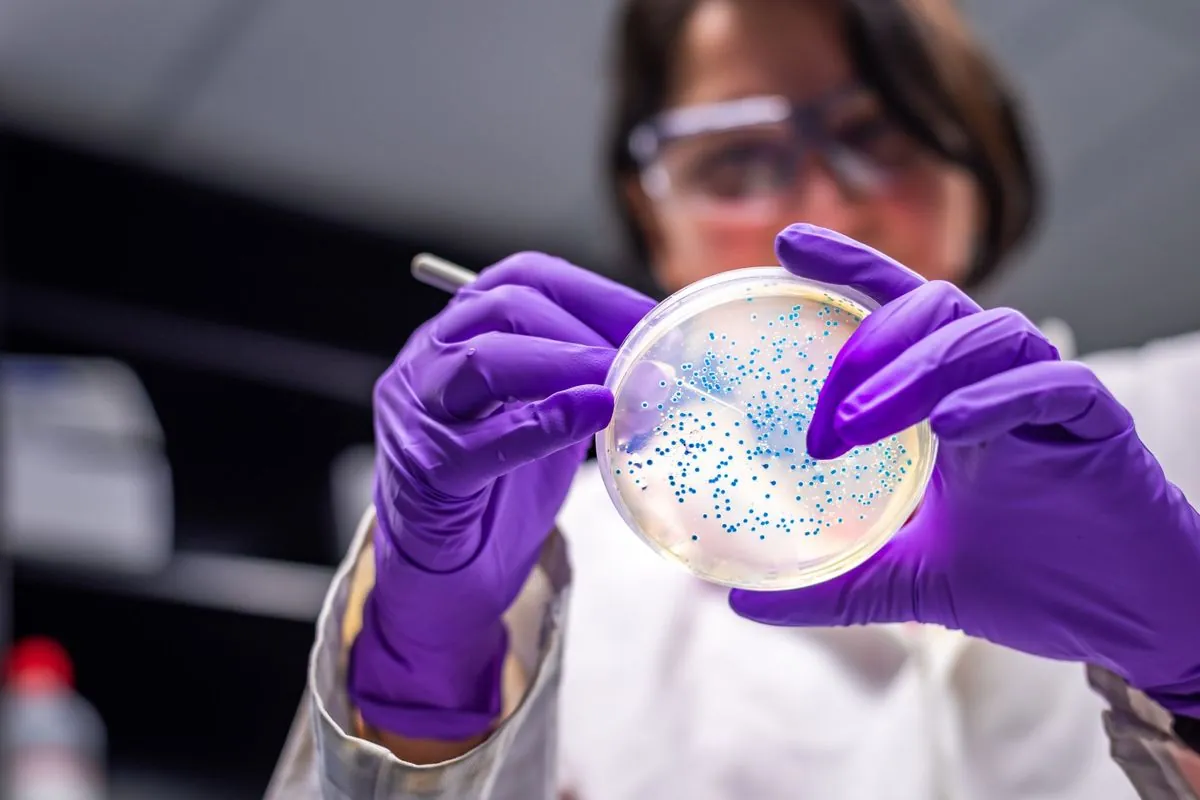Study Predicts 39 Million Deaths from Drug-Resistant Infections by 2049
A new study forecasts a sharp rise in deaths from antimicrobial-resistant infections over the next 25 years. The research highlights the urgent need for action to combat this growing global health threat.

A recent study has projected that antimicrobial-resistant (AMR) infections will claim the lives of over 39 million people in the next 25 years. This alarming forecast underscores the escalating threat of what experts term the 'silent pandemic'.
AMR occurs when microorganisms evolve to withstand the effects of drugs designed to eliminate them. The research, partially funded by the British government, reveals that AMR currently accounts for 1.14 million deaths annually, surpassing the combined mortality rates of HIV/AIDS and malaria. By 2049, this figure is expected to reach 1.91 million per year.
The overuse and misuse of antibiotics in both medical and agricultural sectors are primary drivers of this crisis. This has led to the emergence of 'superbugs', putting modern medical practices at risk. In England alone, 58,224 individuals contracted antibiotic-resistant infections in 2022, marking a 4% increase from the previous year.

The implications of AMR extend beyond direct infections. Common medical procedures, such as caesarean sections, hip replacements, and chemotherapy, are becoming increasingly hazardous due to the risk of untreatable infections.
Methicillin-resistant Staphylococcus aureus (MRSA), a notorious hospital-acquired superbug, has emerged as the leading drug-resistant pathogen. In 2021, MRSA was responsible for 130,000 deaths, more than doubling from 57,200 in 1990.
The study, published in The Lancet by the Global Research on Antimicrobial Resistance (GRAM), analyzed data from 204 countries and 520 million hospital records. It identified North America, western sub-Saharan Africa, Latin America, and South and Southeast Asia as regions experiencing the most significant increases in AMR-related deaths.
A major challenge in combating AMR is the slow pace of new antibiotic development. Currently, only 27 new antibiotics targeting the most threatening infections are in the final stages of development, compared to over 1,300 cancer drugs in clinical trials in 2020. This disparity is largely due to limited profit incentives for pharmaceutical companies, as new antibiotics would be reserved for last-resort use.
Dame Sally Davies, the UK Special Envoy on AMR, emphasized the need for urgent action: "The numbers are going to inexorably rise, and we are not where we need to be in tackling the problem."
Experts stress the importance of infection prevention alongside drug development. Guy Hutton, a Senior Advisor at Unicef and researcher at WaterAid, highlighted the critical role of clean water access in controlling AMR. Currently, approximately 700 million people, primarily in Africa, lack access to clean water, contributing to the spread of resistant infections.
"Neonatal sepsis and mortality due to drug resistance is still very high, and although we have good data from places like the US, Europe, and Southeast Asia, there are a huge number of countries around the world where we simply don't know the numbers."
While the study reports a 50% decrease in AMR-related deaths among children under five since 1990, some experts question these findings. Dr. Tim Walsh suggests that the GRAM study may have "hugely underestimated" child mortality from resistant infections in developing countries.
The fight against AMR requires a multifaceted approach, including improved antibiotic stewardship, increased research funding, and enhanced global surveillance efforts. As the world grapples with this growing threat, collaboration between governments, healthcare providers, and researchers will be crucial in developing effective strategies to combat antimicrobial resistance.


































